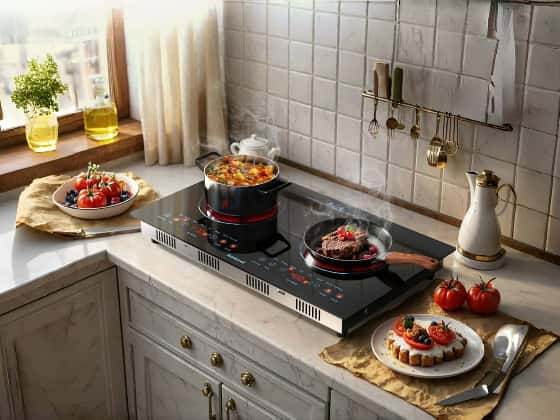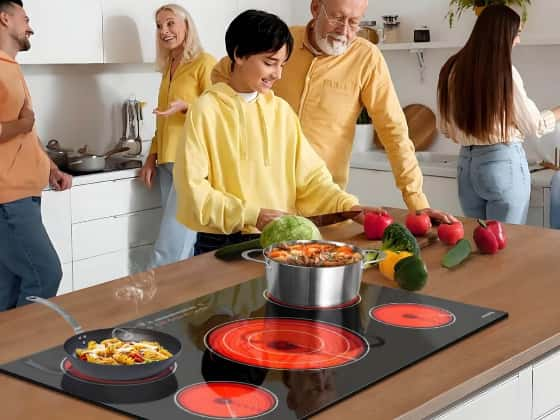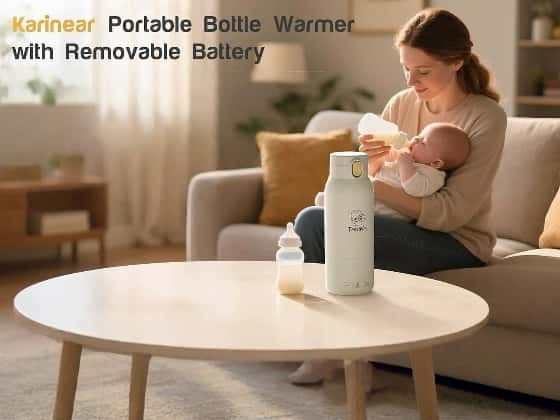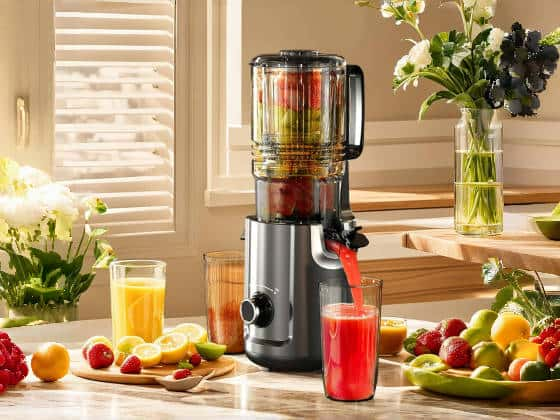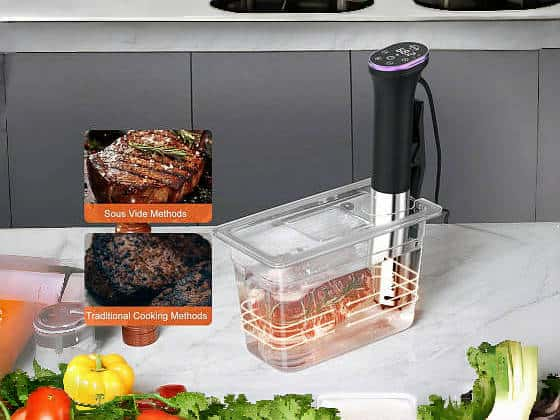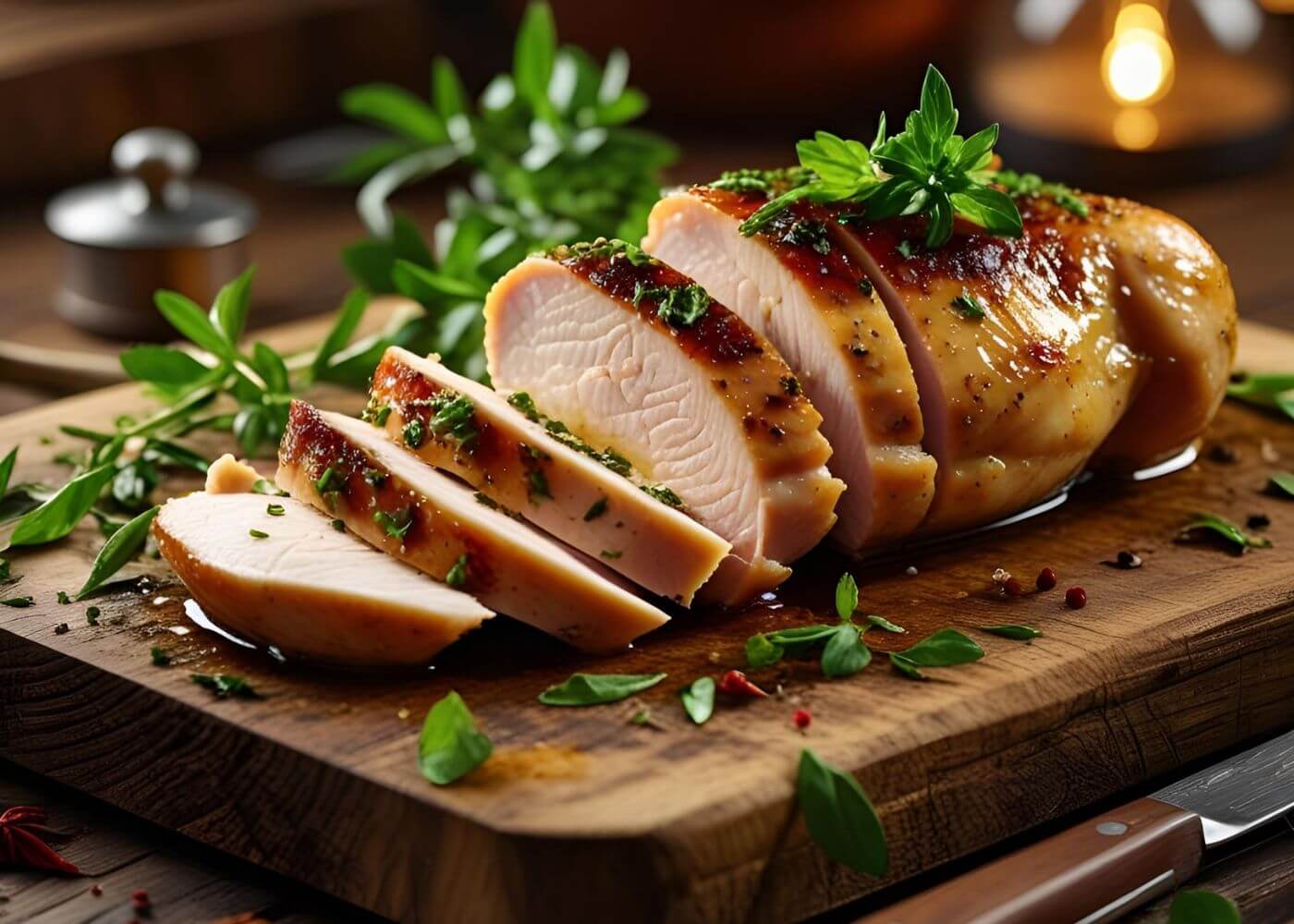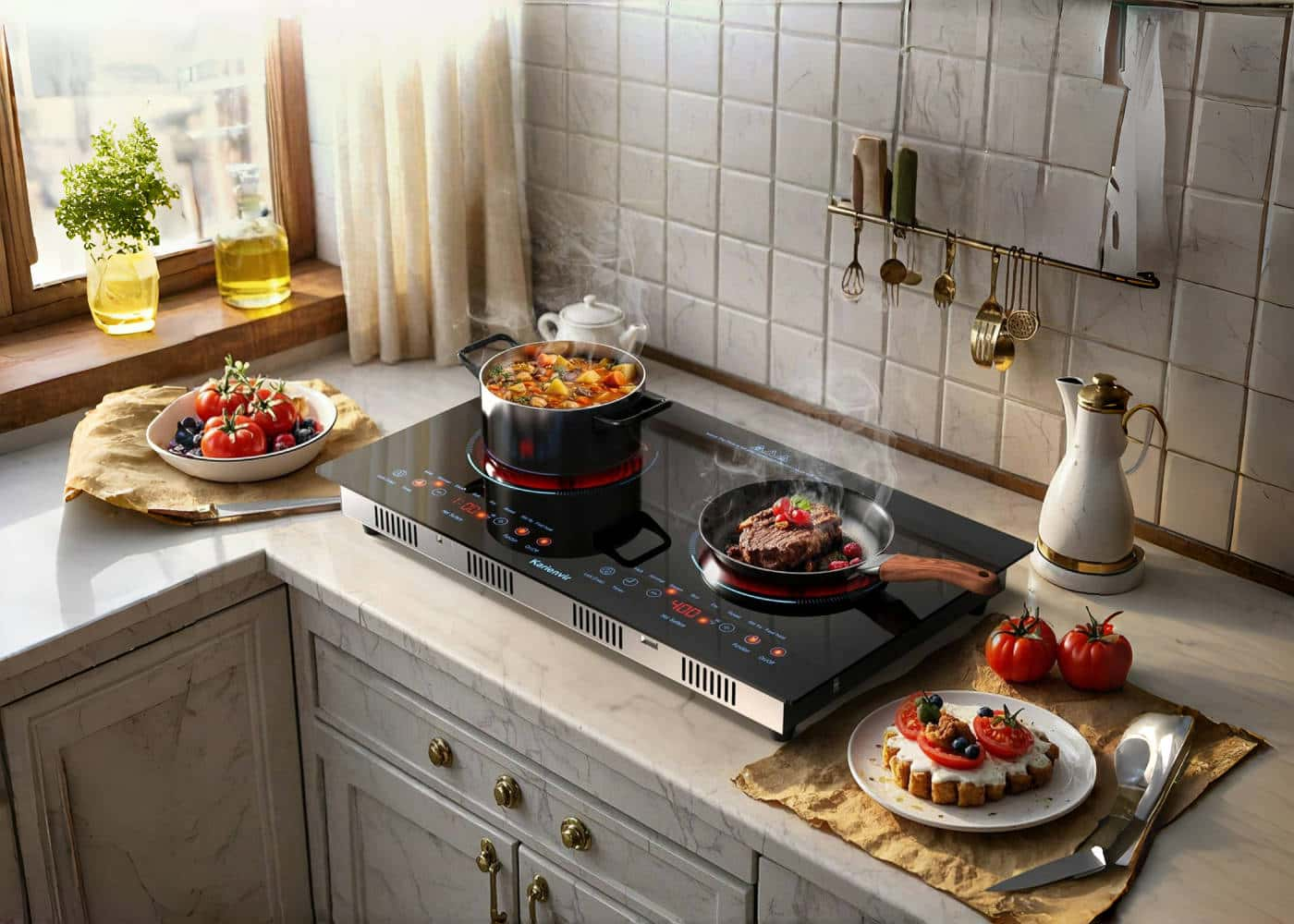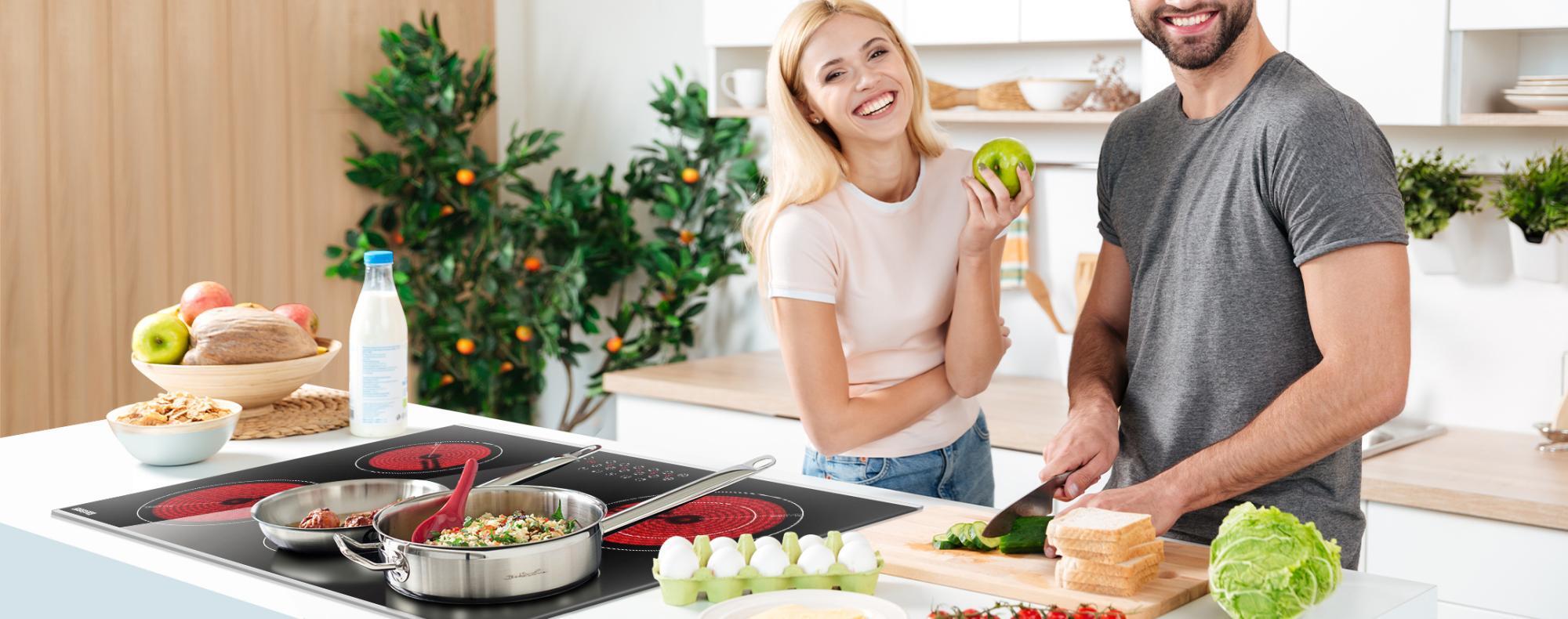

Understanding the Sous Vide Method
The term "sous vide" is French for "under vacuum," and the method involves cooking food in a vacuum-sealed bag submerged in a water bath. The water is maintained at a constant temperature, which allows food to cook evenly throughout. This technique eliminates the guesswork of traditional cooking methods and provides consistent results.
One of the key benefits of sous vide is its precision. By setting the water bath to the exact desired temperature, you can ensure that your chicken breast is cooked to perfection without the risk of overcooking. The low and slow cooking process allows the meat to retain its natural juices, resulting in a succulent and tender texture.
Moreover, sous vide cooking is incredibly versatile. You can infuse your chicken with a variety of flavors by adding herbs, spices, or marinades to the vacuum bag. This method also allows for better planning and timing, as the food can be prepared in advance and quickly finished when needed, making it ideal for both everyday meals and special occasions.
Benefits of Cooking Chicken Breast Sous Vide
Cooking chicken breast sous vide offers numerous advantages over traditional cooking methods. Firstly, it ensures consistent doneness. With sous vide, you can achieve the perfect level of doneness every time, whether you prefer your chicken juicy and tender or slightly firmer. This consistency is particularly beneficial for home cooks who want to replicate restaurant-quality dishes.
Another advantage is the retention of nutrients and flavors. Conventional cooking methods often result in the loss of nutrients due to high heat exposure. Sous vide cooking preserves these nutrients, ensuring that your chicken is not only delicious but also nutritious. Additionally, the vacuum-sealing process locks in flavors, allowing for a more intense and aromatic dining experience.
Lastly, sous vide cooking is incredibly convenient. Once the chicken breasts are sealed and placed in the water bath, you can focus on preparing other elements of your meal or attend to other tasks. The hands-off nature of this cooking method makes it perfect for busy individuals who still want to enjoy a home-cooked meal without the stress and time constraints.
Essential Equipment for Sous Vide Cooking
To embark on your sous vide cooking journey, you'll need some essential equipment. The most important tool is a sous vide immersion circulator. This device heats and circulates water in a container, maintaining a precise temperature throughout the cooking process. There are various models available, ranging from budget-friendly options to high-end devices with advanced features.
Next, you'll need a container or pot to hold the water bath. While you can use a regular pot, many sous vide enthusiasts prefer using a dedicated sous vide container, which often comes with a lid to minimize evaporation. Additionally, some containers have racks or dividers to keep the bags from floating and ensure even cooking.
Finally, you'll need vacuum-sealable bags or resealable freezer bags. Vacuum-sealed bags are ideal as they remove all air, ensuring better heat transfer and flavor infusion. However, resealable bags can also work if you use the water displacement method to remove excess air. By investing in these essential tools, you'll be well-equipped to master the art of sous vide cooking.
Choosing the Right Chicken Breast
Selecting the right chicken breast is crucial for achieving the best results with sous vide. Opt for high-quality, fresh chicken breasts that are free from additives or preservatives. Organic or free-range chicken is often preferred for its superior taste and texture. Additionally, consider the size and thickness of the breasts, as this will affect the cooking time.
When purchasing chicken breasts, look for those with a uniform thickness. This ensures even cooking and prevents some parts from being overcooked while others remain underdone. If your chicken breasts are uneven, you can use a meat mallet to pound them to a consistent thickness, which will help achieve the best results in the sous vide bath.
It's also important to consider the flavor profile you want to achieve. While plain chicken breasts are versatile, marinating them beforehand or adding herbs and spices to the vacuum bag can elevate the taste. Experiment with different flavor combinations to find what suits your palate, and remember that sous vide cooking allows for bold and aromatic infusions.
Step-by-Step Guide to Sous Vide Chicken Breast
Cooking chicken breast sous vide is a straightforward process, but it requires attention to detail. Here is a step-by-step guide to help you achieve perfectly cooked chicken every time:
1. Prepare the Chicken: Pat the chicken breasts dry with paper towels. Season them generously with salt, pepper, and your choice of herbs or spices. You can also add a tablespoon of olive oil or butter to enhance flavor.
2. Vacuum Seal the Chicken: Place the seasoned chicken breasts in a vacuum-sealable bag. If using resealable bags, use the water displacement method to remove air. Seal the bag tightly to prevent water from entering.
3. Set Up the Water Bath: Fill your sous vide container or pot with water and attach the immersion circulator. Set the desired temperature based on your preferred level of doneness (refer to the next section for recommended temperatures).
4. Cook the Chicken: Submerge the sealed bags in the water bath, ensuring they are fully submerged. Cook the chicken for the recommended time based on its thickness.
5. Finish the Chicken: Once cooked, remove the chicken from the bag and pat it dry. Quickly sear it in a hot pan with a bit of oil or butter to develop a golden crust. This step adds texture and enhances flavor.
By following these steps, you can achieve restaurant-quality sous vide chicken breast in your own kitchen.
Recommended Cooking Times and Temperatures
Understanding the right cooking times and temperatures is essential for sous vide chicken breast. Here is a handy table to guide you:
|
Desired Doneness |
Temperature (°F) |
Cooking Time (Hours) |
|
Juicy and Tender |
140°F |
1.5 - 4 |
|
Firm and Succulent |
150°F |
1 - 2.5 |
|
Well Done |
160°F |
1 - 2 |
These recommended temperatures and times ensure that the chicken is cooked safely and to your desired texture. Remember that sous vide cooking allows for flexibility, so you can adjust the time within the range to suit your preference.
Finishing Techniques for Perfectly Cooked Chicken
Once your chicken breast has been cooked sous vide, finishing it properly is essential to enhance its appearance and texture. Here are some effective finishing techniques:
· Searing: Heat a skillet over high heat and add a small amount of oil. Sear the chicken for 1-2 minutes per side until golden brown. This adds a delicious crust and visual appeal.
· Grilling: For a smoky flavor, finish the chicken on a hot grill for a few minutes. This method is ideal for outdoor cooking and imparts a tantalizing char.
· Broiling: Place the chicken under a broiler for a few minutes to achieve a crisp exterior. Keep a close eye to avoid burning, and enjoy the satisfying crunch.
These finishing techniques not only enhance the flavor but also give your chicken breast the appealing look of a professionally cooked dish.
Conclusion: Elevate Your Cooking with Sous Vide
In conclusion, mastering the art of sous vide chicken breast opens up a world of culinary possibilities. This technique not only guarantees perfectly juicy and flavorful results but also offers the flexibility to experiment with different flavors and textures. By investing in the right equipment and following this guide, you can elevate your cooking and impress your family and friends with restaurant-quality dishes at home.
If you're ready to take your culinary skills to the next level, consider incorporating sous vide into your regular cooking routine. The precision, convenience, and delicious results are sure to make it a favorite method in your kitchen.

